My Aquaponic Adventure: From Novice to Backyard Farmer
You ever wake up one morning and think, “Today’s the day I become a farmer”? That was me last spring, staring out my kitchen window at my backyard. The grass was a little greener than normal, and the sun was just hitting that perfect late-morning glow. Somewhere in the depths of Pinterest and a couple of late-night YouTube rabbit holes, I had stumbled upon aquaponics. And let me tell you, I was all in.
Initial Excitement and the Materials Hunt
With the gusto of someone who hasn’t yet realized the hefty learning curve ahead, I started digging through my garage. Old wood slats? Plenty. Plastic barrels? Check. I might’ve even had an ancient kiddie pool down there, the one my kids used to splash around in before they grew too cool for such things. That would do nicely as my fish tank.
Then, there were the fish. I watched a few videos and decided on tilapia. They’re tough little guys, which made me feel both comforted and anxious. I found a local supplier who was surprisingly enthusiastic about my grand plans. “You want to grow vegetables, too?” he asked, like I was about to audition for a reality show.
As if it would be that simple, I headed home, full of hope and a bit of anxiety, my new fishy friends crammed into a cooler in the back seat. I couldn’t stop peeking back at them. Were they judging me? I mean, who puts tilapia in a kiddie pool?
The Build and the Stink
I figured a Saturday was a good enough day to put it all together. With the kids commandeering the plastic flamingoes standing guard over our lawn, I started assembling my aquaponic system. I remember thinking, “This isn’t going to be so hard!” As I measured out where each pipe would go—my trusty hacksaw in one hand and PVC glue in the other—I felt like a mad scientist merging fish and veggies.
But then, the smell. Oh boy, the smell! I didn’t truly notice until I was knee-deep in assembling tubes for the water to flow through that I realized I hadn’t thought this through. The kiddie pool with the tilapia had that musky, earthy scent that lingered, kind of like my grandfather’s old fishing gear. “This might not be as glamorous as I envisioned,” I muttered to myself as I scrunched my nose. Still, I pressed on.
The Water Woes
As I filled up the system with water, I could almost hear the fish cheering me on in their little kiddie pool. But oh, the joy was short-lived because within a week, I came upon something dark. The water began to effervesce with a greenish hue, a telltale sign of algae.
Forget thriving tomatoes or crisp lettuce; I was now dealing with an unwanted science experiment. I thought I had nailed it, but it was clear I wasn’t going to get a Guest Chef badge from the Food Network anytime soon. I dove into more research and fiddled around with the pH levels, picked up some grow lights at a yard sale, and even bought a water pump online.
Let me tell you, if you haven’t grappled with a garden hose and a water pump at the same time, your life isn’t complete. I almost gave up when I couldn’t get the pump to work the first time. I spent an entire Saturday wrestling with it before I realized I had plugged it into a socket that had been dead for years. I had to laugh at myself. “Visualize your success, Angela!” I could hear my mom’s voice ringing in my ears, but I was starting to doubt if there was any success to visualize at all.
Fishy Farewells
But then, tragedy struck. One by one, my beautiful tilapia started to float. I don’t want to get too graphic here, but it broke my heart. I had been so invested in them, cherishing their little fish personalities, and here I was—murderer of fish! After an investigation (read: Googling “why do fish die”), I found out that my water wasn’t warm enough, and they were likely stressed out. Add to that a lack of oxygen—thanks to my fluctuating pump—and you’ve got yourself a recipe for disaster.
Once I managed to keep the remaining fish alive, I thought I’d corrected my course. I experimented with the plants too. The basil took off, and my confidence rose. I mixed together some homemade compost, added a hint of fish food, and tried growing everything from kale to mint. The thrill of plucking my first salad greens—oh, what a day!
Connecting it All
What I realized in this process was that aquaponics is a lot about balance and connection. The fish and plants are tied together in this dance of life—a delicate balance of nutrients, light, and love (yes, I said love). I learned to check things daily, to take notes, and to pay attention. In the end, it wasn’t just about producing vegetables. It became an adventure of its own, filled with mishaps and hard-won triumphs.
Today, I can’t tell you that my garden is perfect, but it brings me joy. My green thumbs might still be a work in progress, but that’s okay. There’s something deeply satisfying in watching my hard work flourish.
If you’re thinking about diving into aquaponics or simply trying to grow some vegetables in your backyard, don’t worry about getting it perfect. Just start. You’ll figure it out as you go, and who knows? You might just end up with a killer salad.
So grab your materials, and for the love of tilapia, keep that water clean!
Join the next session (insert link here). You won’t regret it, I promise!


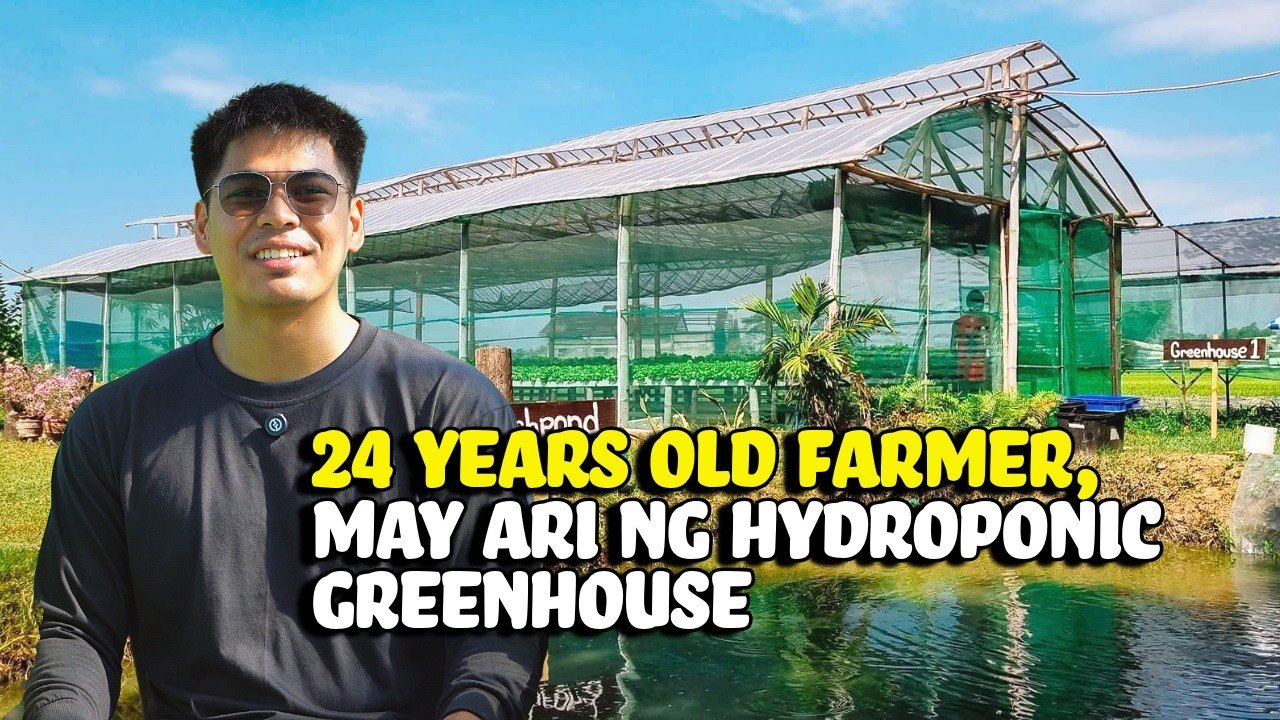
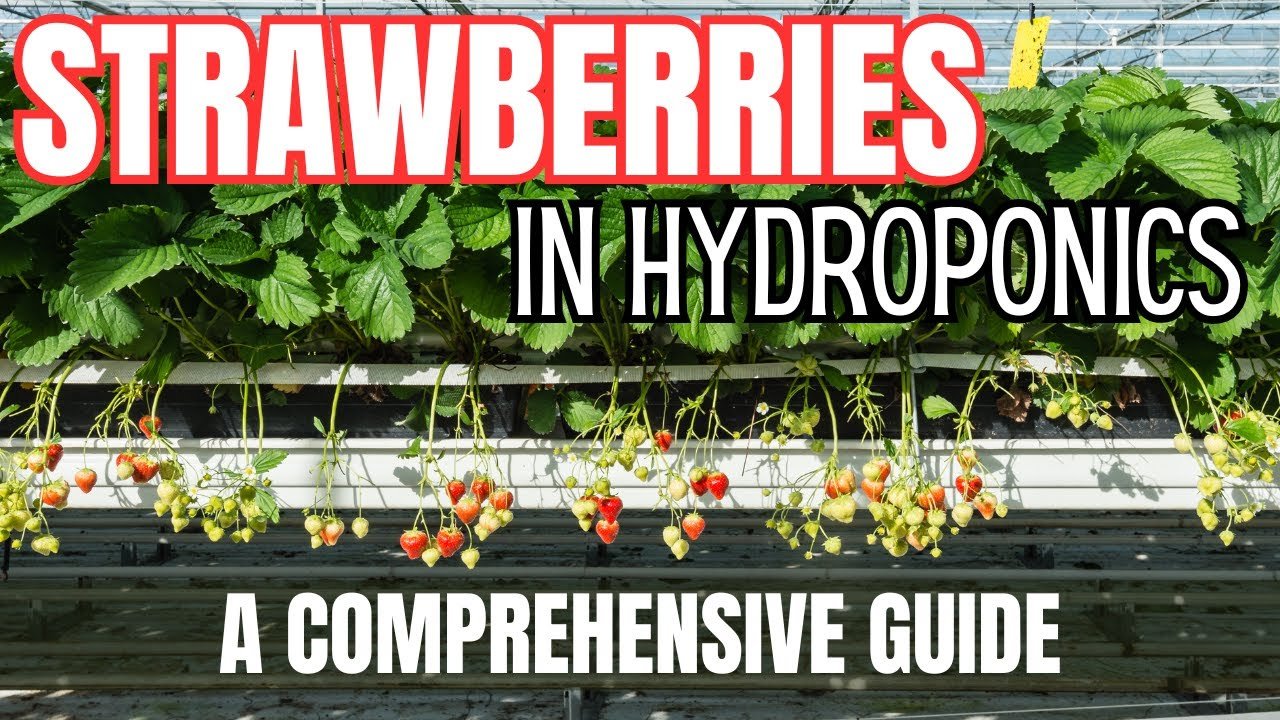
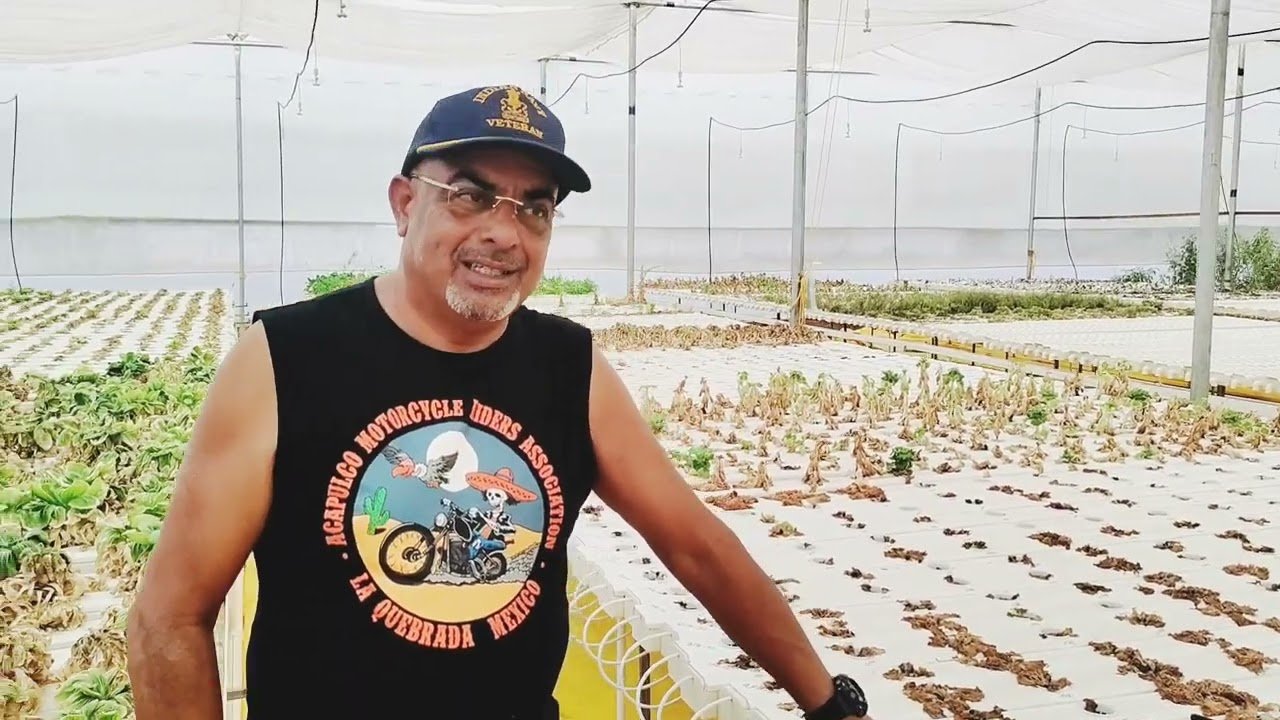
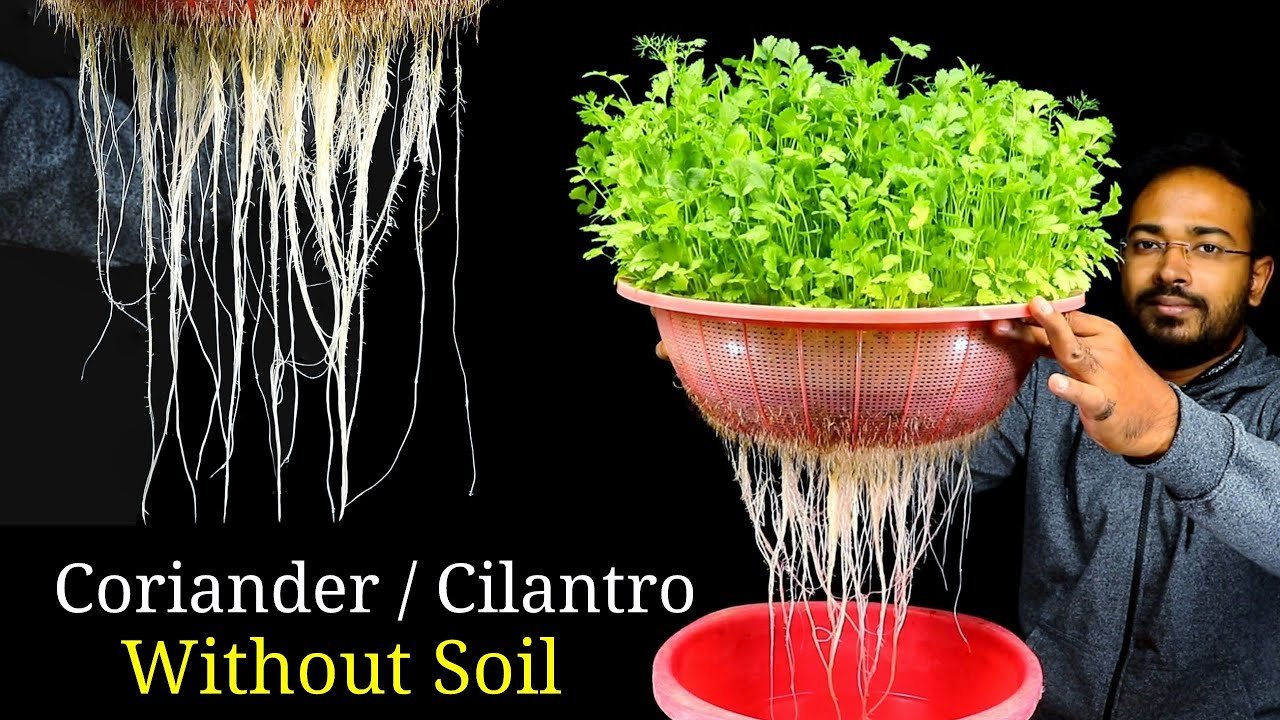
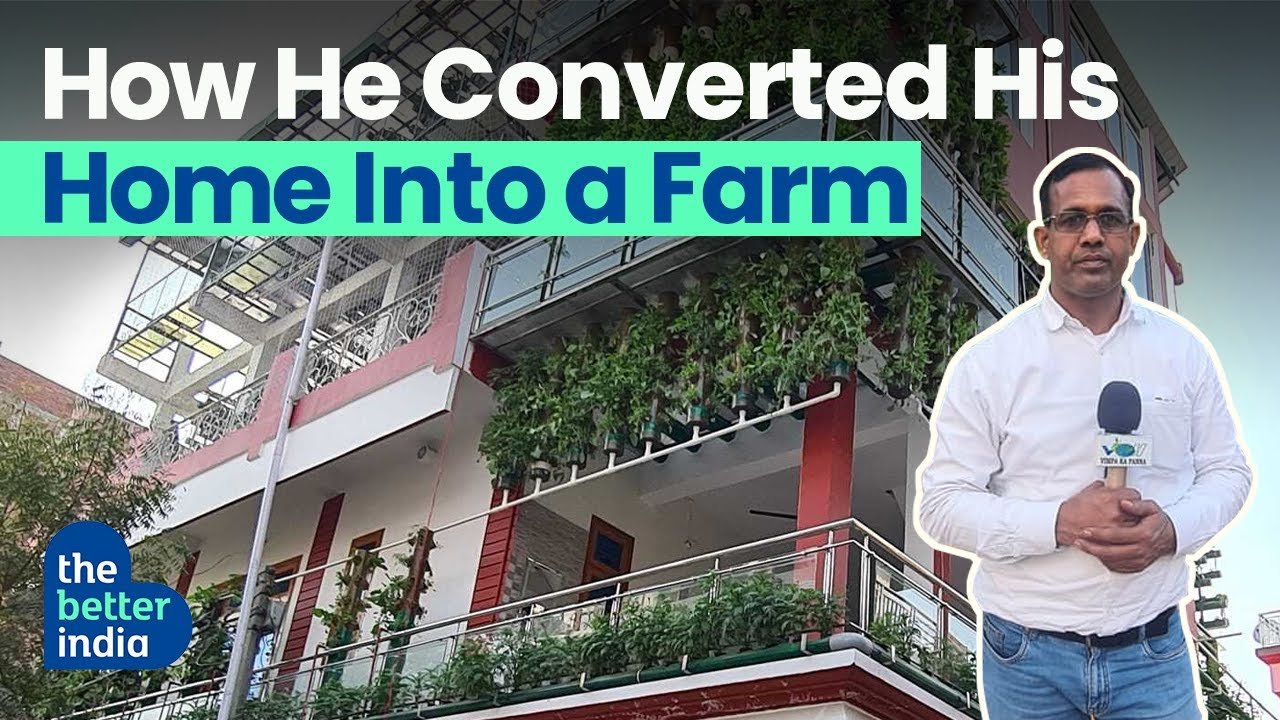
Leave a Reply